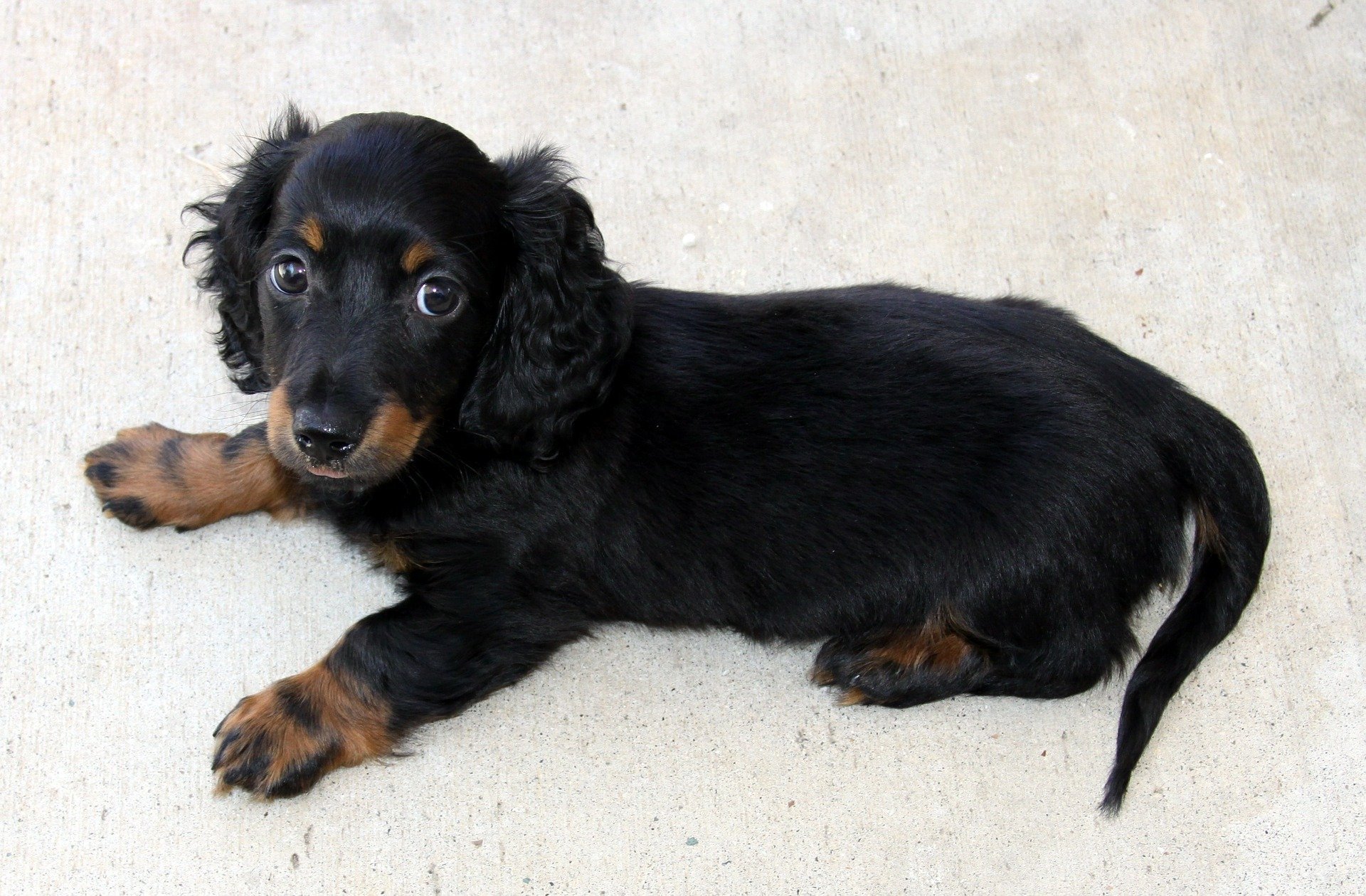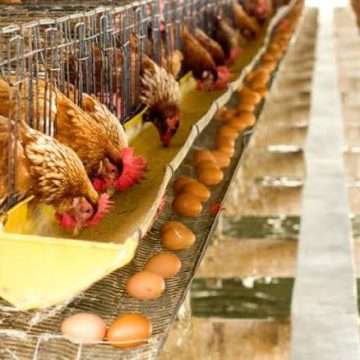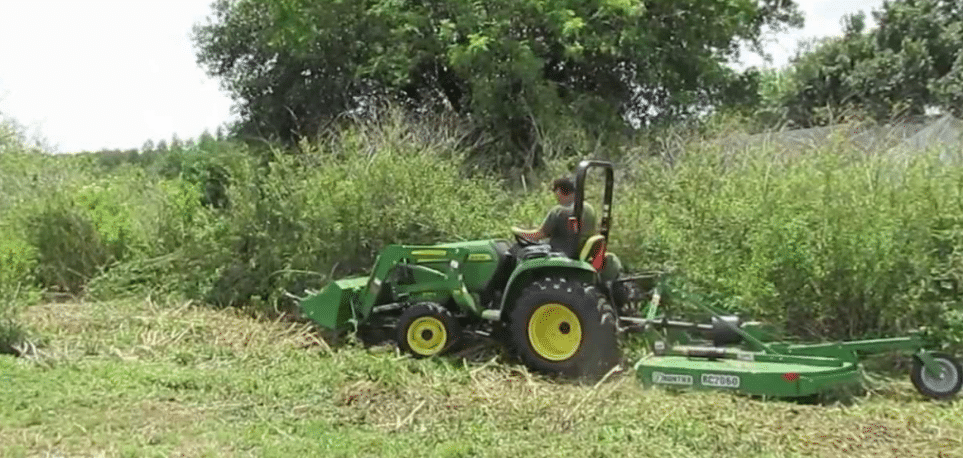What Does Bush Hogging Means?
Bush hogging is a method of mowing or cutting down densely packed bushes, tall grasses, and small trees in overgrown pastures, fields, and wooded areas.
Bush hogging is usually done with a heavy-duty mower, called a brush hog or bush hog, that is usually attached to a tractor and moves around the farmland.
The brush hog has thick blades that can cut through thick vegetation and clear large areas quickly, hence it’s used on othe vergrown field and wooded fields.
It can also be used for maintaining a level surface of the land, and for creating firebreaks.
It is often used in agriculture, landscaping, and property maintenance.
What Exactly Can a Bush Hog Cut?
Shrubs, tall weeds, fields, wood saplings, or even small trees can all be cut down with a brush hog; however, you shouldn’t use it too frequently to preserve the life of your mower.
Do you need a Tractor to Bush hog your farm?
First, you can bush hog without a tractor and use another type of vehicle such as a lawn mower, as long as you can attach the brush hog to it, the vehicle has adequate horsepower, and you can use it conveniently.
However, there are other important factors as the vehicle or tractor should have the capacity to enable the bush hog to work effectively.
What kind of Tractor can be used with a brush hog?
A brush hog or bush hog can be used with a variety of tractors depending on the size and horsepower (HP) requirements for the density of the bush.
Tractor size does not matter much since there are small tractors with higher HP.
For less thick bushes that are not more than 3 feet tall, a compact or sub-compact tractor with a horsepower range of 20-50 HP can do the clearing.
However, the size of the farmland is another important factor. If you want to clear large fields or heavy brush, a larger, more powerful tractor with an HP range of 50-100 or higher is required.
For densely packed bushes, a good-fit tractor for the clearing should have a three-point hitch and sufficient lifting capacity to handle the weight of the brush hog attachment since a higher capacity brush hog would be needed.
A gear-driven transmission or hydrostatic transmission is also recommended, as they can handle the heavy loads and continuous operation of the brush hog.
It’s also important to match the brush hog’s size with the tractor to ensure it can handle the load, and to check the tractor’s manual to see if it is compatible with the brush hog.
Also, check the brush hog’s manual for the recommended minimum tractor HP and hitch category.
When should you Bush hog Pasture?
We usually advise farmers to bush hog their pastures and fields during the growing season, when farmers are cultivating crops and grass is growing fast.
However, the time to bush hog can vary depending on your climate and the type of grasses on your farmland, but typically this would be in the spring and summer months.
If you’re growing pastures for your livestock, It’s good to bush hog pastures when the grass is knee-high or taller so that the majority of the grass is cut down to a more manageable height.
You can also promote new growth if you bush hog at this time and maintain a healthy pasture.
It’s also important not to bush hog too frequently, as over-mowing can damage the pasture and reduce its overall productivity.
Also, try to avoid bush hogging during the dormant season, when the grass is not actively growing, as this can damage the root system and make the farmland more susceptible to erosion.







